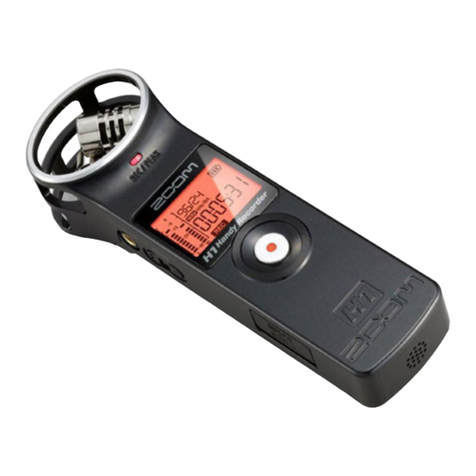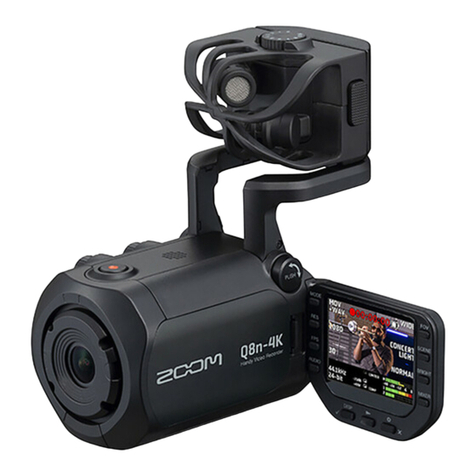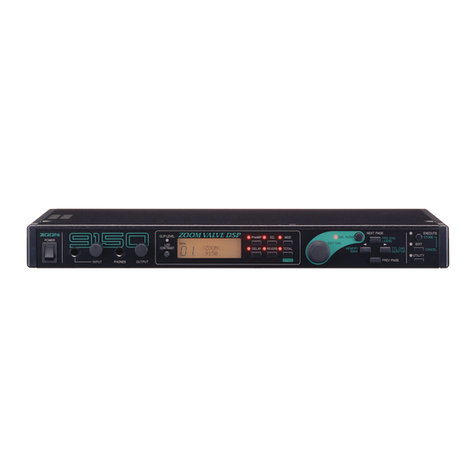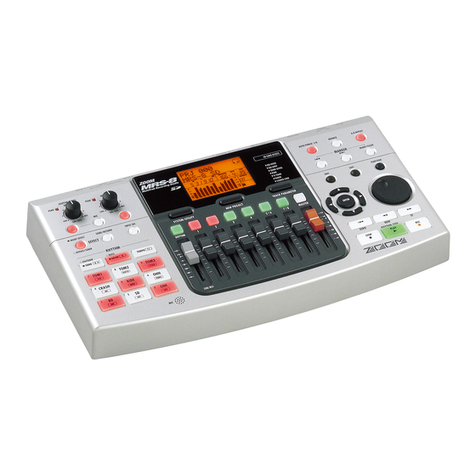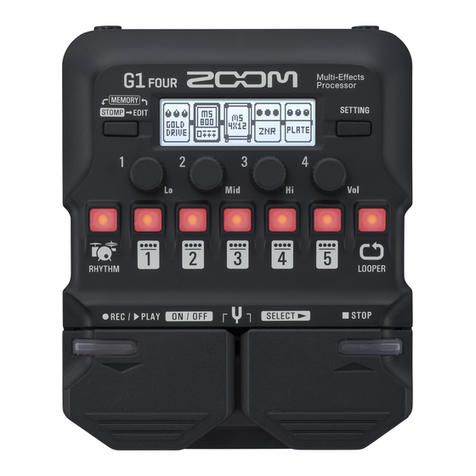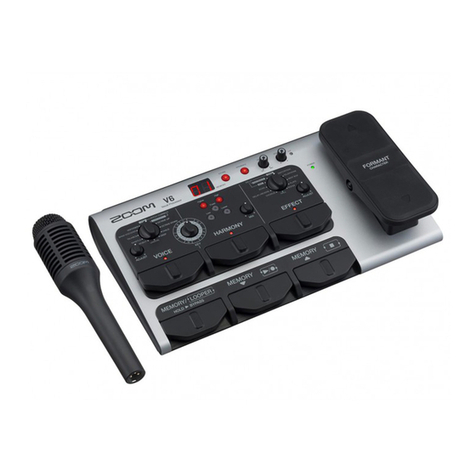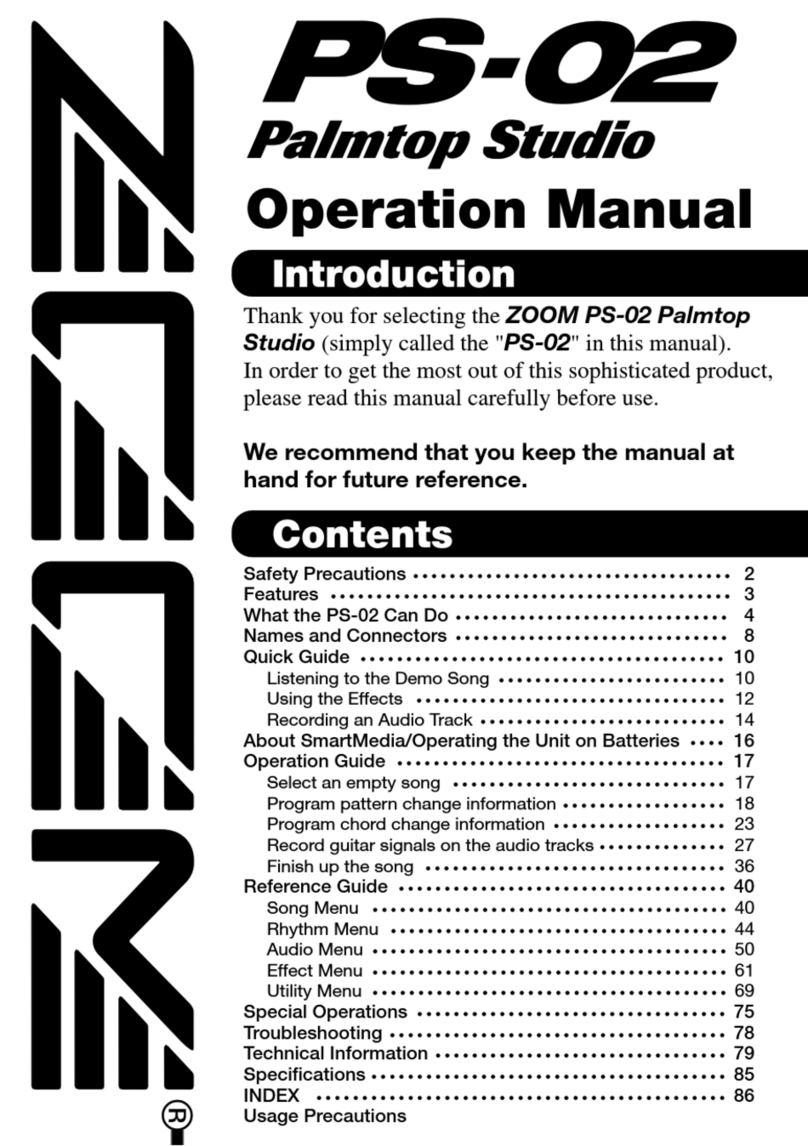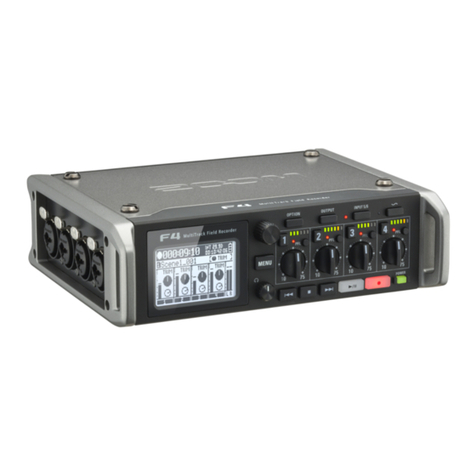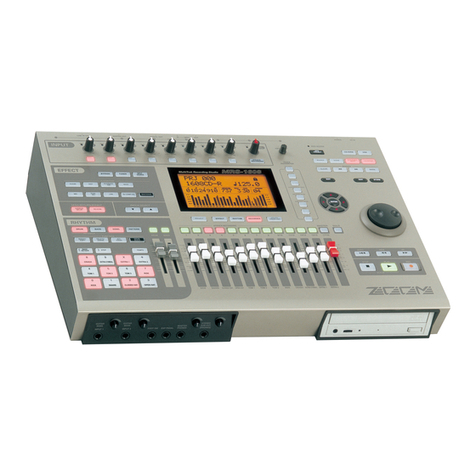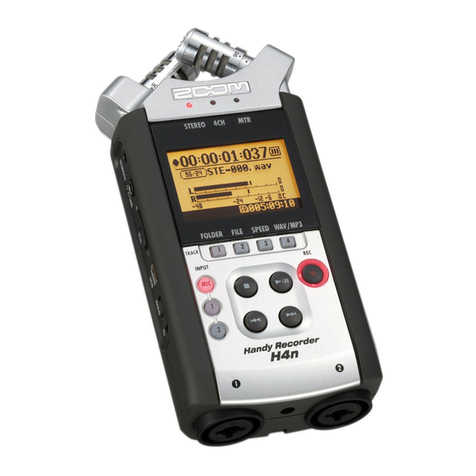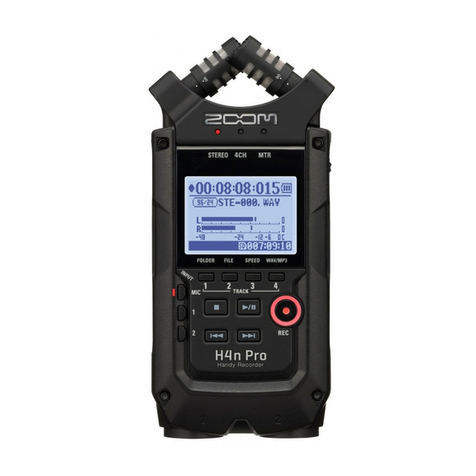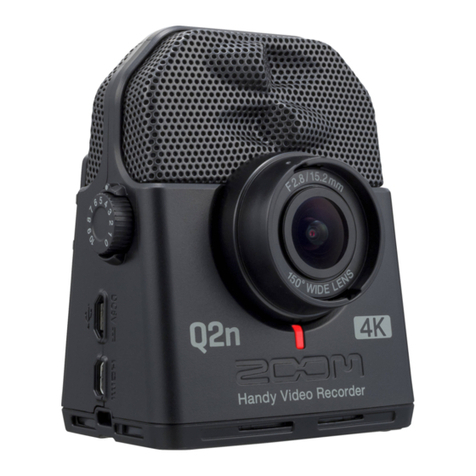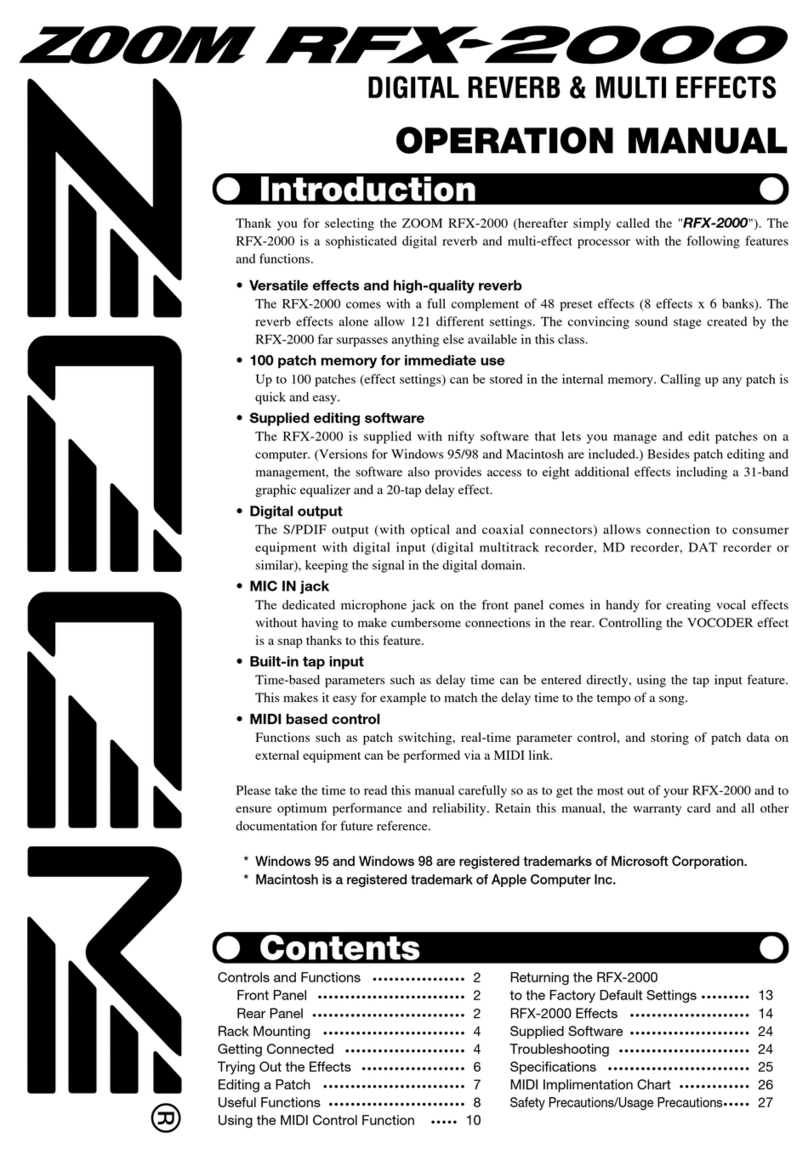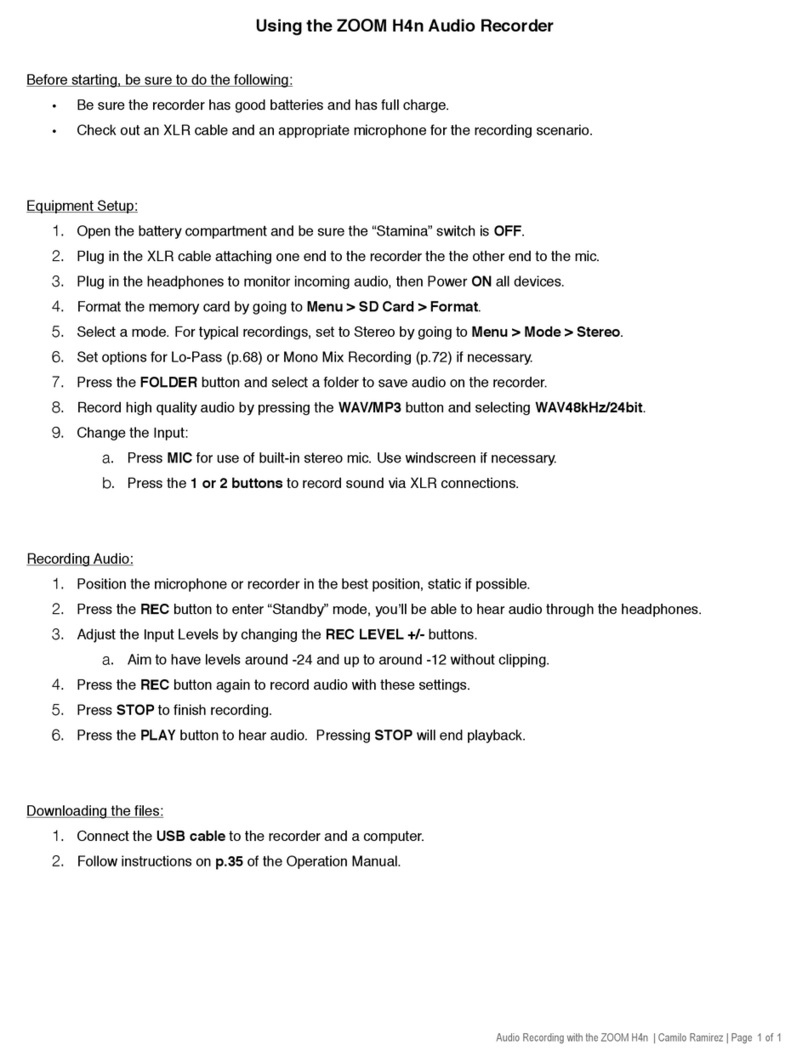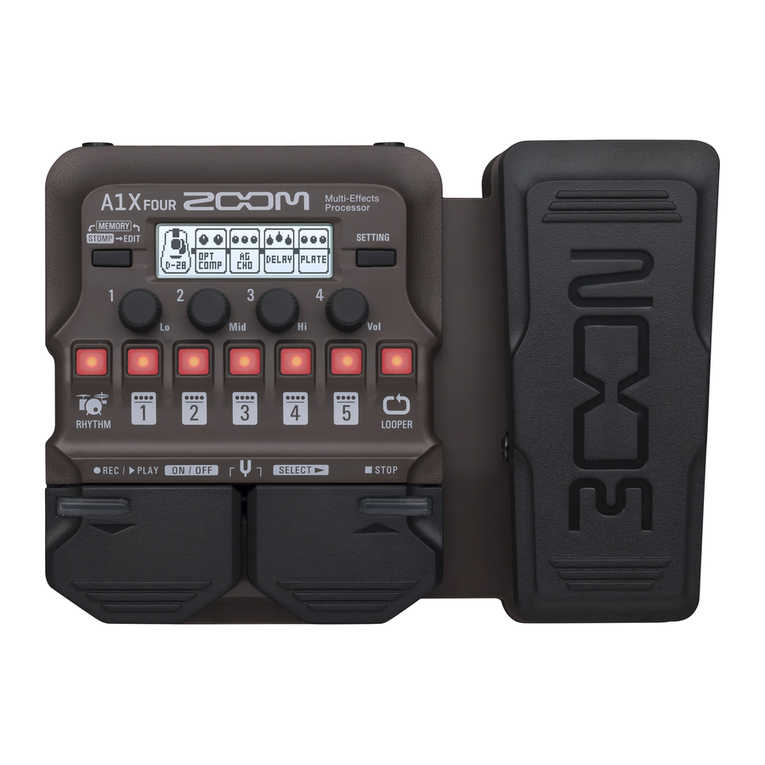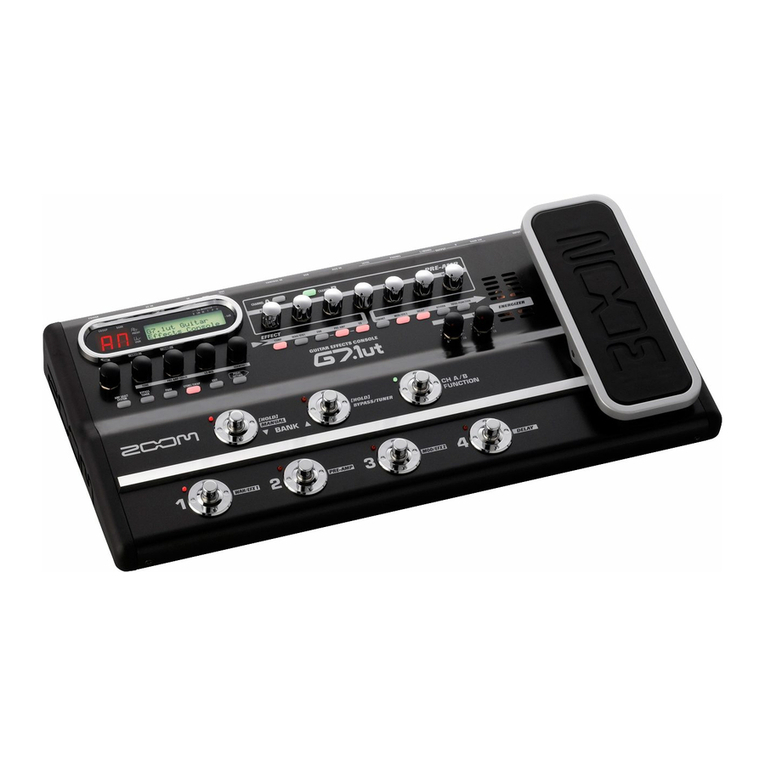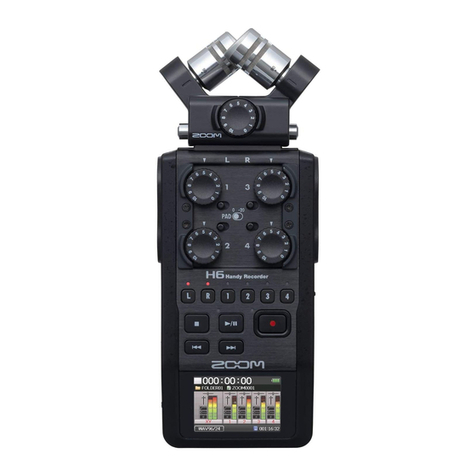
Notes about this Operation Manual������ 2
Introduction����������������� 3
Contents ������������������ 4
Podcasting process ������������� 5
P8 overview����������������� 7
Explanation of terms ������������ 7
Functions of parts ������������� 8
Connection examples ���������� 11
Use examples �������������� 12
Signal ow ��������������� 13
Touchscreen display ����������� 15
Preparing for use ������������� 17
Inserting SD cards ������������ 17
Providing power ������������� 18
Turning the power on ���������� 20
Making initial settings ���������� 22
Connecting ���������������� 24
Connecting mics������������� 24
Connecting headphones ��������� 25
Connecting smartphones ��������� 26
Connecting a BTA-2
(dedicated wireless adapter) ������� 27
Connecting a computer, smartphone or tablet
by USB ����������������� 28
Connecting powered speakers and other
output equipment ������������ 31
Recording����������������� 32
Adjusting input gain and sound quality �� 32
Balancing the mix of channel levels ���� 35
Recording ���������������� 36
Playing recordings������������� 37
Playing recordings on the Home Screen �� 37
Selecting les and playing them ����� 38
Using marks���������������� 40
Adding marks �������������� 40
Deleting marks ������������� 41
Using SOUND PAD functions�������� 42
Playing SOUND PAD buttons ������� 42
Assigning audio les to SOUND PAD
buttons ����������������� 43
Adjusting the levels of each SOUND PAD � 46
Setting playback modes for each SOUND
PAD ������������������� 47
Changing bank names ���������� 48
Managing les��������������� 49
Deleting les �������������� 50
Combining multiple les into one in specic
order ������������������ 52
Editing les ���������������� 55
Opening the File Editing Screen������ 56
Changing le names ����������� 57
Changing icons ������������� 58
Cutting unnecessary parts (trimming) ��� 59
Dividing les �������������� 61
Adding fade-ins and outs��������� 63
Adding music and other background
sound������������������ 66
Optimizing podcast volume
(loudness normalization) ��������� 69
Converting les to MP3 format ������ 71
Transferring les to a computer, smartphone or
tablet������������������� 72
Transferring les to a computer, smartphone
or tablet����������������� 72
P8 folder and le structure �������� 73
Modifying the date and time �������� 74
Changing the touchscreen display language� 75
Setting the battery type ���������� 76
Adjusting the brightness of the touchscreen� 77
Using noise reduction ����������� 78
Setting recording le types��������� 79
Testing SD cards�������������� 80
Formatting SD cards ������������ 83
Using SD cards to back up and load settings
� 84
Backing up ��������������� 84
Loading backup settings ��������� 85
Setting the automatic power off function �� 87
Restoring factory default settings������ 88
Updating the rmware����������� 89
Troubleshooting�������������� 90
General ����������������� 90
Audio interface ������������� 91
Specications��������������� 92
Mixer block diagram������������ 93
Contents
4
